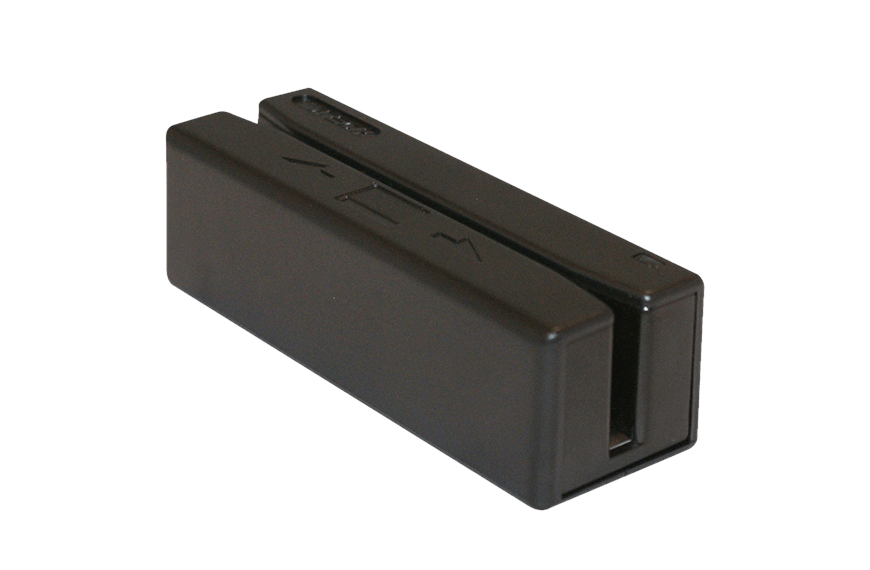SecureMag
A PCI-compliant magnetic stripe card reader that encrypts data complying with PCI-DSS requirements.
Download DatasheetVisit Knowledge Base

A PCI-compliant magnetic stripe card reader that encrypts data complying with PCI-DSS requirements.
